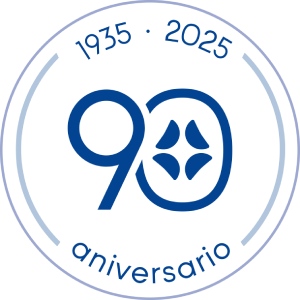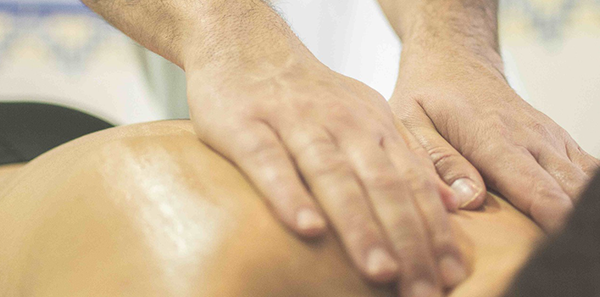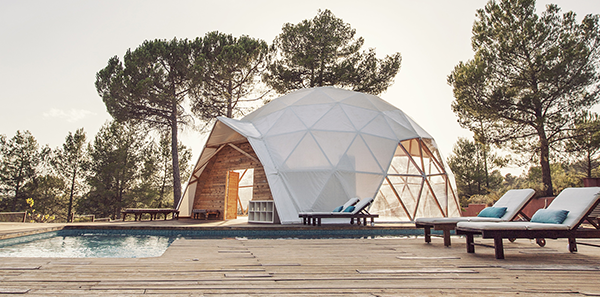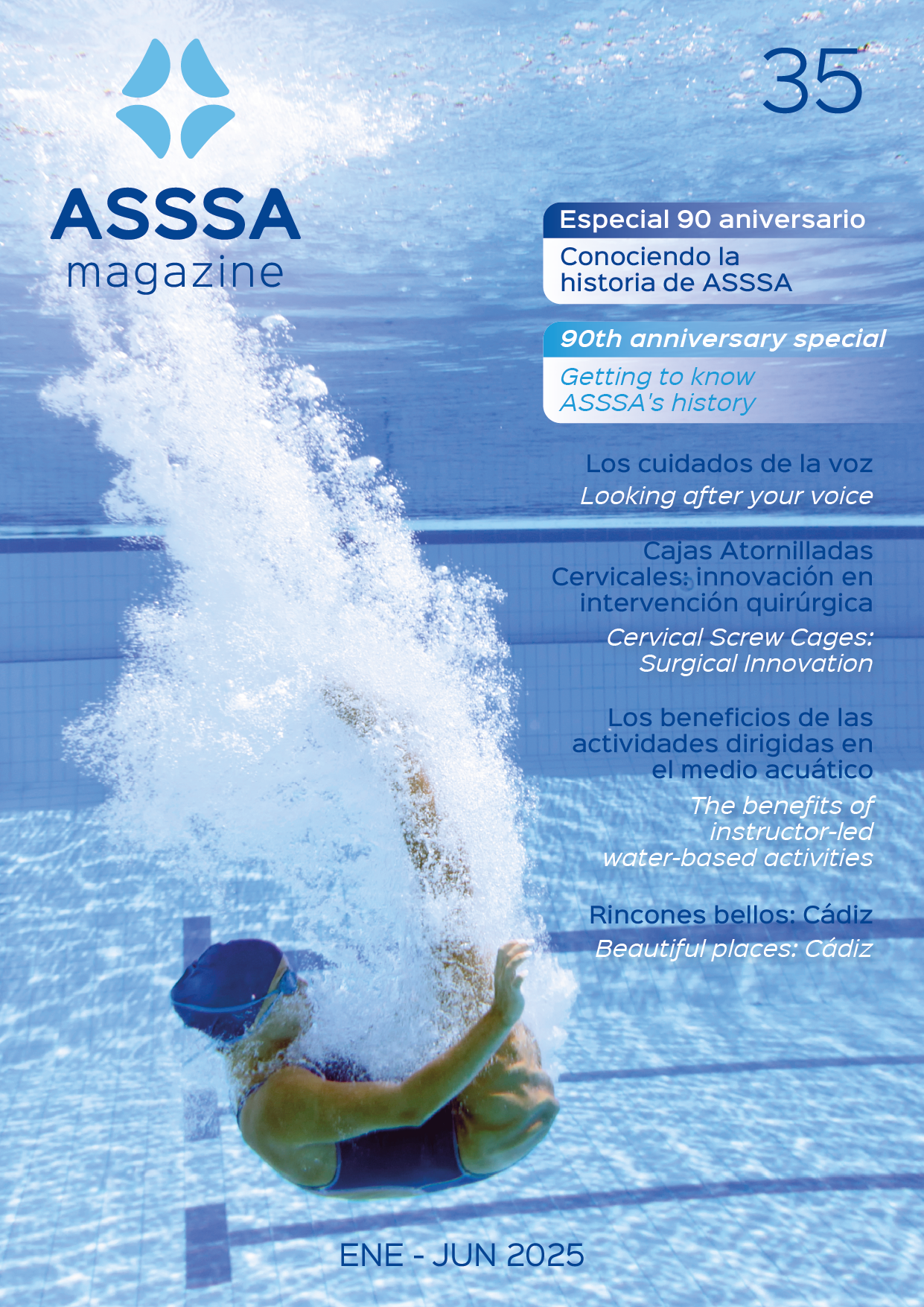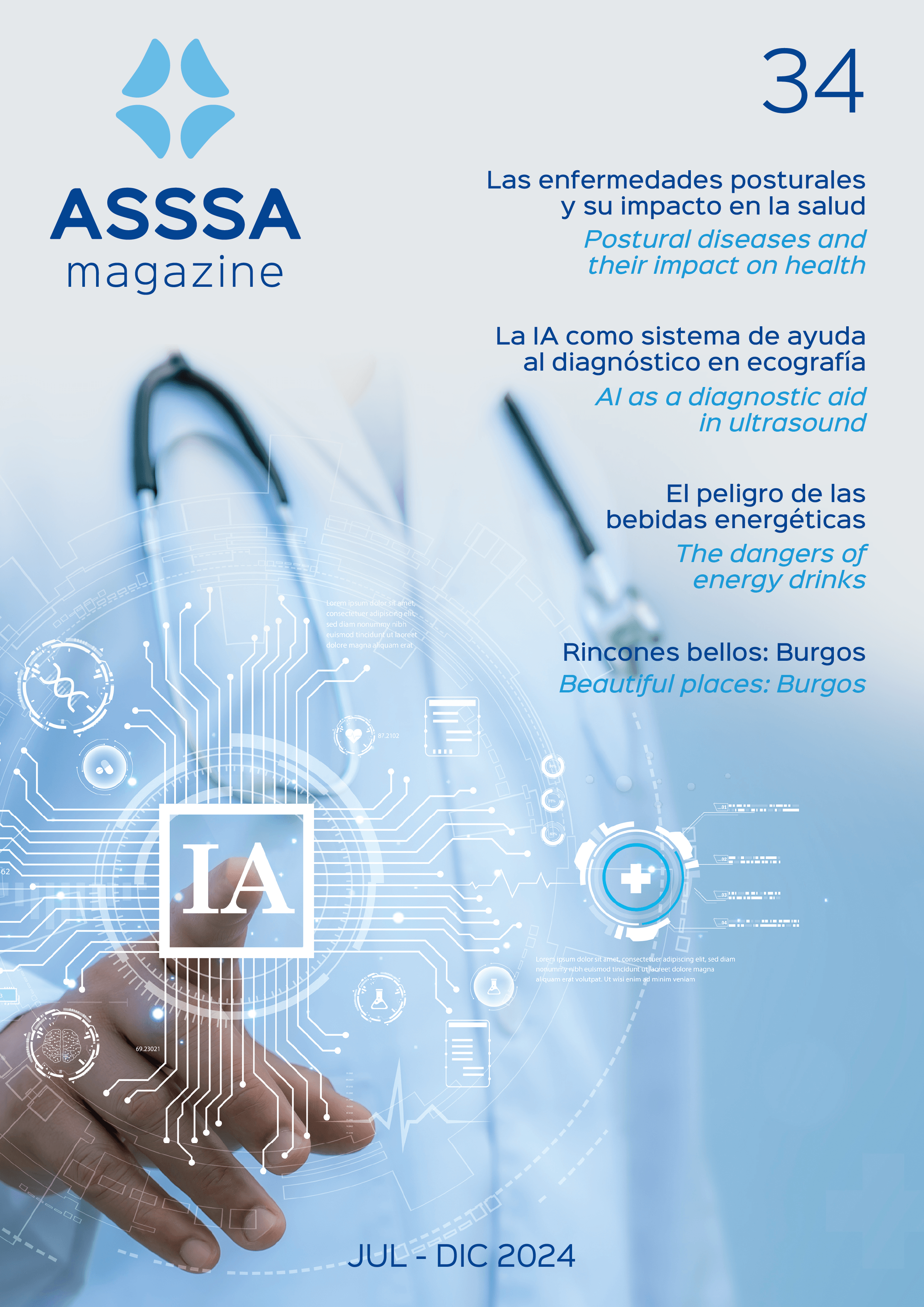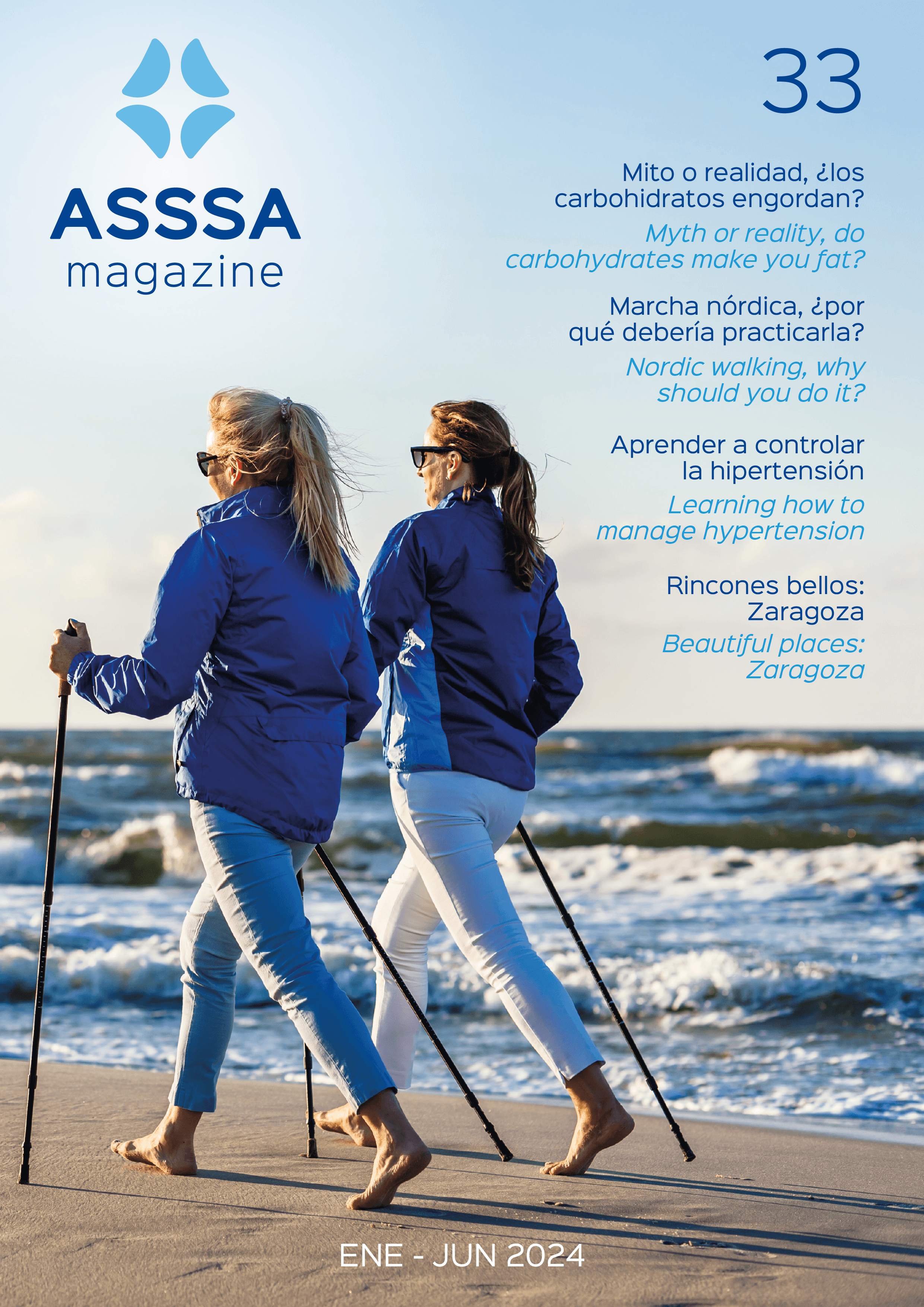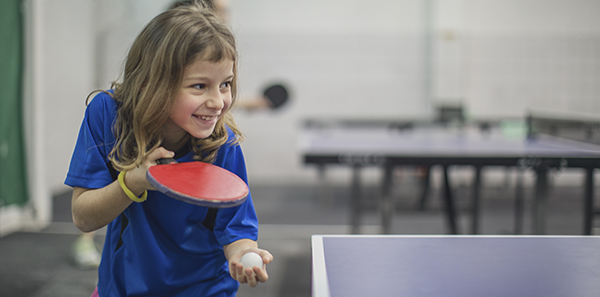
Nowadays, the act of setting aside some time each week to do sport is considered a matter of self-responsibility for our health. This is the case provided that the sport coincides with our abilities and our degree of implication. In this sense, there are numerous scientific publications in the field of sports physiotherapy, psychology and sport science that attest to the close relationship between the practice of sport and quality of life. It is worth commenting, however, that all sports do not provide health benefits. In fact, in many cases these sports can lead to injury.
These injuries occur when we choose a sport with an inappropriate level of practice with respect to our abilities and particular physical characteristics, among other factors. Although, this is not necessarily true in all cases, our physical abilities are related to our primary characteristics when deciding which sport to practise: our age. In this sense, at an early age, we will see an increase in abilities such as agility and physical strength, as well as others with a potential for improvement, such as tactical or cognitive abilities. In the same way, we would find these same abilities inverted at more advanced ages.
These associations are predetermined however; our body and mind are prepared to generate physiological changes throughout our entire life if we are exposed to the right stimuli in an appropriate manner. That is, these changes are always less significant as we age, but at any rate, they will benefit our quality of life. Due to its characteristics, table tennis is an exceptional candidate for people of all ages. This is because its development takes both physical and cognitive abilities into play, which means that it is very possible to observe an equal match between a young player and a 68 year-old master. In this example, what is most remarkable is that both players will see benefits from playing table tennis on a regular basis precisely in the abilities that each player wishes to improve.
Due to the nature of this sport, a person of a more advanced age will see an improvement in agility thanks to the activation of the osteotendinous reflexes (O.T.R); balance, due to the use of almost all of the proprioception patterns by the lower limbs; muscular strength, from the controlled and repeated activation of different muscle groups and, of course, an improvement in posture derived from the motor re-education of the core musculature, a very important factor in table tennis. All of these abilities contribute to preventing physical injury and accidents, for example, falls from tripping. However, on a physiological level, we see many other improvements. For example, cardiorespiratory fitness improves by playing regularly, as with any other sport. In table tennis, this activity is controlled and there are no peaks in heart rate or oxygen demand. This is because the practice of this sport does not require a considerable physical demand and the cardiorespiratory system works at a moderate intensity at all times. Table tennis is one of the best sports we can include in our lives with the objective of improving the quality of our daily living, not to mention it can also be practised at any age and for many years.
D. Rafael Gomis-Physiotherapeut Tischtennis Club ASSSA Alicante
The information published in this media neither substitutes nor complements in any way the direct supervision of a doctor, his diagnosis or the treatment that he may prescribe. It should also not be used for self-diagnosis.
The exclusive responsibility for the use of this service lies with the reader.
ASSSA advises you to always consult your doctor about any issue concerning your health

